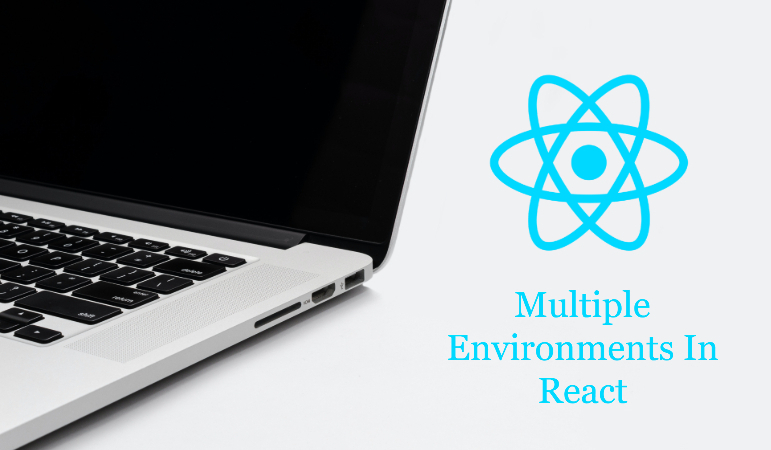How to Create Multiple Environments In React 2023
In Software development, almost all applications have a need for multiple environments. In this article, we gonna learn how to manage multiple environments in react application.
1. Install env-cmd npm package.
npm i env-cmd2. Create .env files in the root of your application.
.env.development
.env.staging
.env.production.env.development
REACT_APP_API_ENDPOINT=http://localhost:3001.env.staging
REACT_APP_API_ENDPOINT=http://localhost:3002.env.production
REACT_APP_API_ENDPOINT=http://localhost:3003Note:- you need to prefix all environment variables with REACT_APP_
3. Update package.json scripts.
"scripts": {
"start": "env-cmd -f .env.development react-scripts start",
"start:staging": "env-cmd -f .env.staging react-scripts start",
"start:production": "env-cmd -f .env.production react-scripts start",
"build": "env-cmd -f .env.development react-scripts build",
"build:staging": "env-cmd -f .env.staging react-scripts build",
"build:production": "env-cmd -f .env.production react-scripts build",
"test": "react-scripts test",
"eject": "react-scripts eject"
},Syntax:-
env-cmd -f .env_file command-f is the alias for --file
4. Finally test your application.
development
npm start
npm buildstaging
npm run start:staging
npm run build:stagingproduction
npm run start:production
npm run build:productionCheckout:- https://github.com/ultimateakash/react-multiple-env
Extras:-
1. You can also use npm_config_ environment variable.
windows
%npm_config_my_variable%linux/mac
$npm_config_my_variable2. Now in package.json we can use this variable.
windows
"scripts": {
"start": "env-cmd -f .env.%npm_config_env% react-scripts start",
"build": "env-cmd -f .env.%npm_config_env% react-scripts build",
"test": "react-scripts test",
"eject": "react-scripts eject"
}linux/mac
"scripts": {
"start": "env-cmd -f .env.$npm_config_env react-scripts start",
"build": "env-cmd -f .env.$npm_config_env react-scripts build",
"test": "react-scripts test",
"eject": "react-scripts eject"
}3. Now you can pass environment as an argument.
npm start --env=stagingnpm build --env=staging








Leave Your Comment